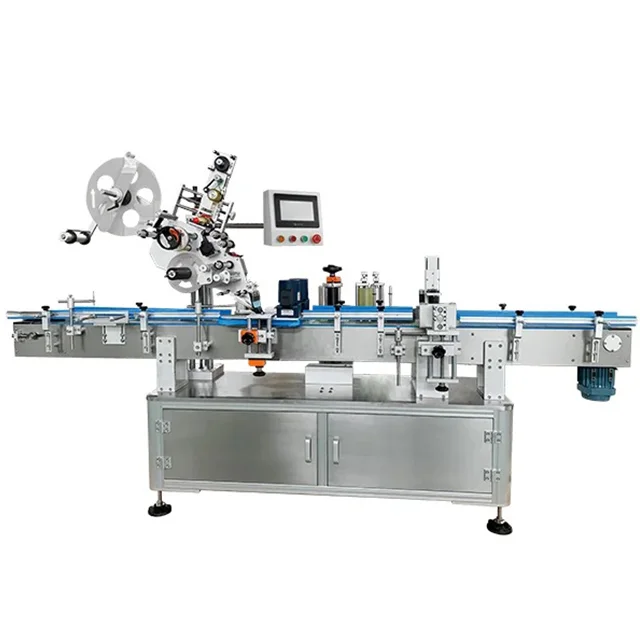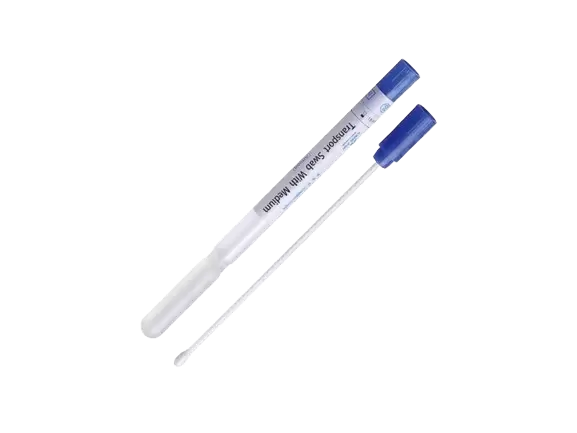When it comes to construction and renovation, cladding plays a crucial role in both aesthetics and functionality. It serves as the outer layer of a building, providing protection against the elements while enhancing its visual appeal. However, with a myriad of options available, one of the most pressing questions for homeowners and builders alike is: what is the cheapest cladding option? In this article, we will delve into various cladding materials, their costs, benefits, and drawbacks, helping you make an informed decision that aligns with your budget and project requirements.
Understanding Cladding: A Brief Overview
Cladding is a non-structural material applied to the exterior of a building. Its primary functions include:
- Weather Protection: Cladding shields the building from rain, wind, and UV radiation.
- Insulation: It can enhance thermal performance, contributing to energy efficiency.
- Aesthetic Appeal: Cladding can dramatically alter the appearance of a structure, allowing for creative expression.
Factors Influencing Cladding Costs
Before we explore the cheapest cladding options, it's essential to understand the factors that influence cladding costs:
- Material Type: Different materials come with varying price points.
- Installation Costs: Some materials require specialized labor, increasing overall expenses.
- Maintenance Requirements: Long-term costs can be affected by how much upkeep a material needs.
- Durability and Lifespan: Cheaper materials may need replacement sooner, leading to higher long-term costs.
The Cheapest Cladding Options
- Vinyl Cladding
- Cost: Vinyl cladding is one of the most affordable options on the market, typically ranging from $2 to $7 per square foot.
- Benefits: It is lightweight, easy to install, and available in a wide range of colors and styles. Vinyl is also resistant to rot and insects.
- Drawbacks: While it is low-maintenance, it can fade over time and may not be as durable as other materials.
- Wood Siding
- Cost: Basic wood siding can cost between $3 to $8 per square foot.
- Benefits: Wood offers a natural aesthetic and can be painted or stained to match any design. It provides good insulation.
- Drawbacks: Wood requires regular maintenance to prevent rot, warping, and insect damage, which can add to long-term costs.
- Fiber Cement Siding
- Cost: Fiber cement siding typically ranges from $5 to $10 per square foot.
- Benefits: This material is highly durable, resistant to fire, and can mimic the appearance of wood or stucco. It requires minimal maintenance.
- Drawbacks: While it is cost-effective in the long run, the initial installation can be more expensive due to its weight and the need for skilled labor.
- Metal Cladding
- Cost: Metal cladding, particularly corrugated steel, can range from $3 to $8 per square foot.
- Benefits: Metal is extremely durable, fire-resistant, and requires little maintenance. It can also be recycled, making it an eco-friendly option.
- Drawbacks: It can be prone to denting and may require insulation to improve energy efficiency.
- Stucco
- Cost: Traditional stucco can cost between $6 to $9 per square foot.
- Benefits: Stucco is energy-efficient, fire-resistant, and can be molded into various textures and colors.
- Drawbacks: It can crack over time and may require repairs, which can add to maintenance costs.
Conclusion: Making an Informed Choice
When considering the cheapest cladding option, it is essential to weigh not only the initial costs but also the long-term implications of your choice. While vinyl cladding may be the most budget-friendly upfront, materials like fiber cement or metal may offer better durability and lower maintenance costs over time. Ultimately, the best choice will depend on your specific needs, aesthetic preferences, and budget constraints.


More Stories
Safety First: Essential Features of Heavy Duty Storage Racks
Why Indoor Adventure Parks Are the Perfect Rainy Day Solution
Innovations Driving the Future of Glass Fiber Cloth Composite